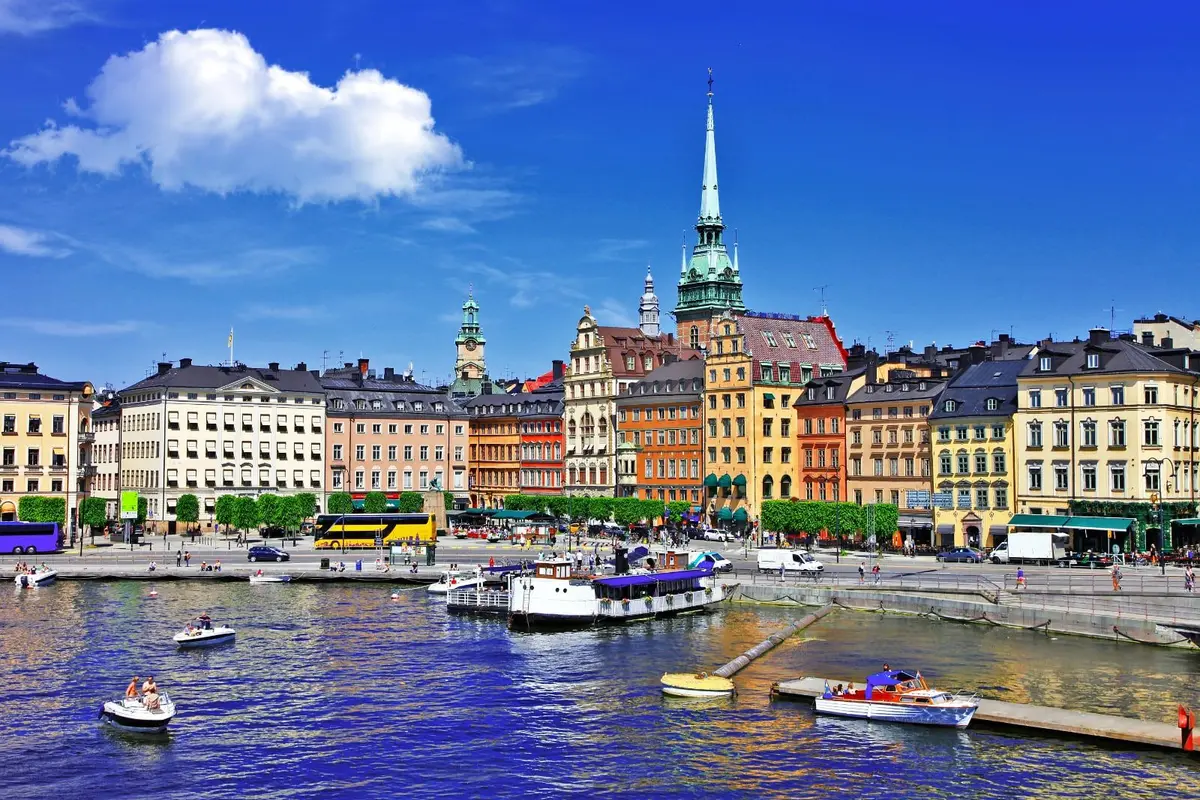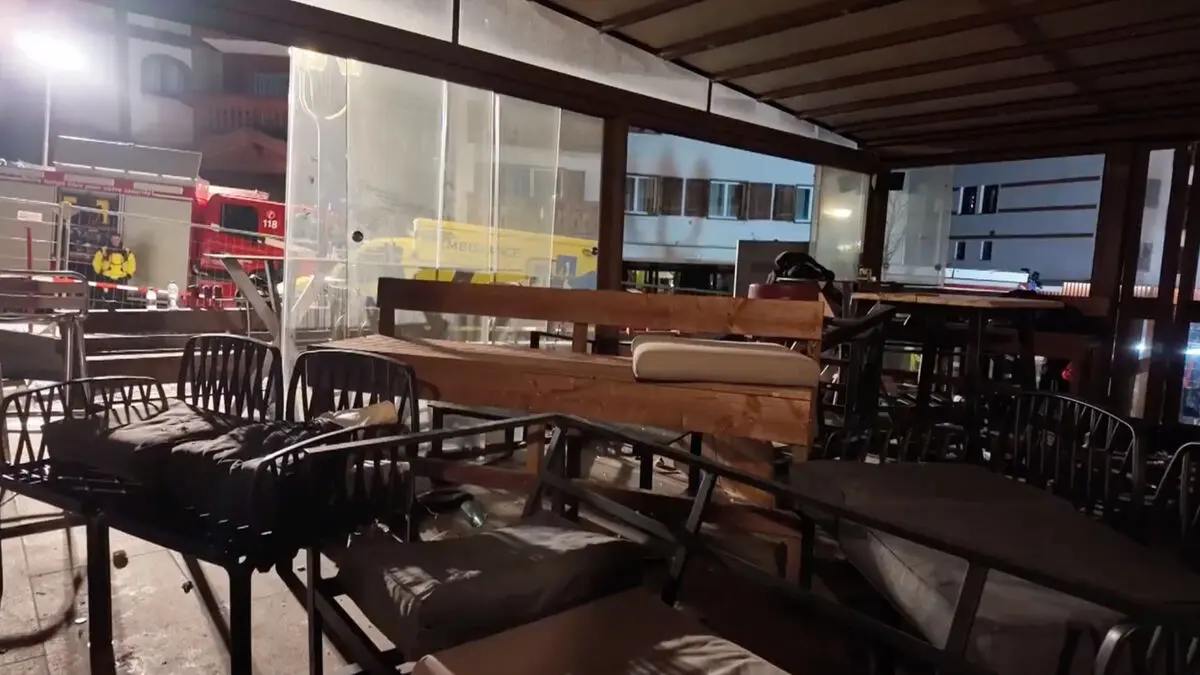The Swedish Central Bureau of Statistics (SCB) is the agency that measures important figures related to society and the economy in Sweden. Poverty is a relative concept that cannot be measured in exact money. The SCB has a different way of measuring material and social poverty, and a measure of whether one can afford a certain standard of living.
SCB claims in analysis
According to the SCB, about half a million people live in material and social poverty. This means that they cannot afford at least five of 13 basic expenses, such as unexpected costs, vacations, leisure activities, or sufficient heating.
The proportion has increased since 2021, especially among foreign-born individuals (14% compared to 3% among native-born individuals - the largest difference in the EU). More people also struggle to heat their homes or own a car. Single mothers are particularly vulnerable. The most common difficulty is not being able to afford a large unexpected expense (20%). Compared to the EU, Sweden still has a relatively low proportion, but the increase in recent years is clear.
13 questions being asked
People are measured by investigating and asking the following questions:
- Can pay for unexpected expenses of 14,000 SEK
- Can afford a week's vacation per year
- Can pay debts on time: mortgage, rent, bills, installment purchases
- Can afford a meal with meat, chicken, fish, or a vegetarian alternative every other day
- Can afford to keep the home sufficiently warm
- Can afford access to a car
- Can afford access to the internet
- Can afford to replace worn-out furniture
- Can afford to replace worn-out clothes
- Has at least two pairs of shoes (including one pair of all-weather shoes)
- Can afford to spend a small amount on themselves every week
- Can afford to regularly participate in a leisure activity that costs money
- Can afford to meet with family or friends for coffee or dinner at least once a month
A person who cannot afford five or more of these items is considered to be living in material and social poverty.
EU definitions
These items were not developed by the SCB itself, but are based on EU definitions. According to the EU, material and social poverty is defined as not being able to afford seven or more of these items. Therefore, the Swedish SCB's definition of poverty is slightly stricter, expecting a slightly higher standard of living to not be considered poor.





